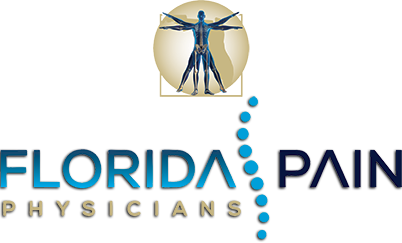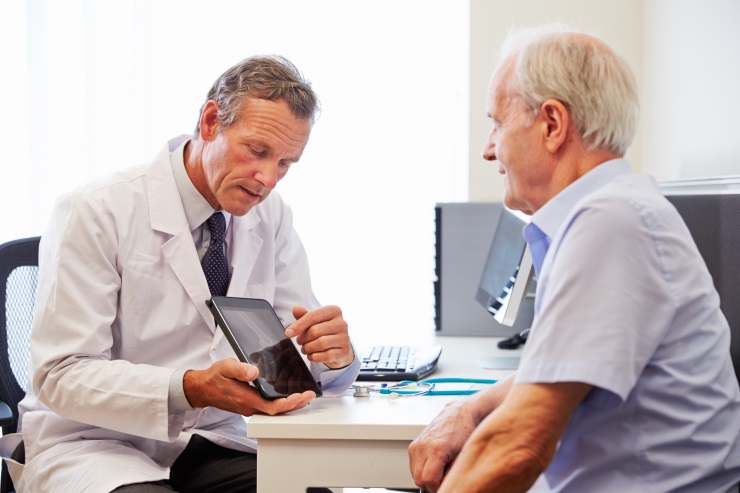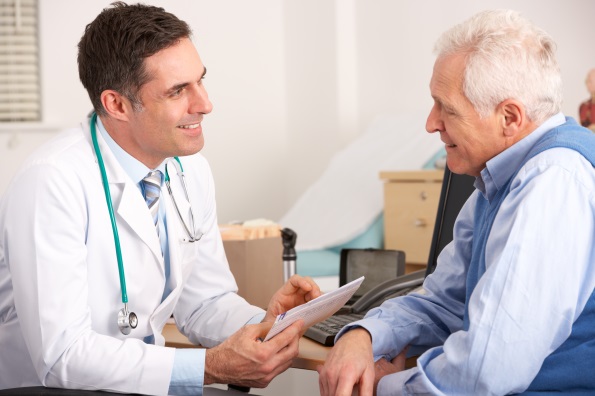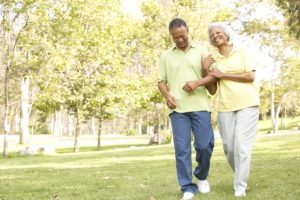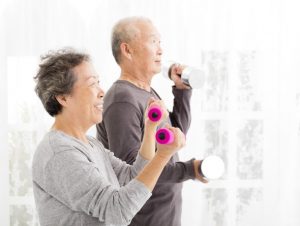You are suffering from chronic pain and would go to great lengths to reduce the misery. There is something you can do to decrease the pain level: Stop smoking. Of course, this is easier said than done, but looking into the links between smoking and chronic pain help you understand the cause and effect.
The side effects of smoking combine to increase chronic pain. First of all, the drug nicotine contributes to increases in blood pressure and heart rate. It also makes it harder for your organs to supply oxygen to your body and slows healing.
Another concern is your options for pain management. Devices implanted in your body can offer relief to pain sufferers. However, smokers have more significant challenges when it comes to healing from surgery.
One recent study shows that those who smoke are more likely to suffer from chronic back pain. The reason? Smokers are more susceptible because the act of smoking causes interference to a brain circuit that is associated with pain. In fact, smokers have a much better chance of suffering from chronic back pain than non-smokers by a ratio of 3:1.
Look to the doctors at our pain clinic in Jacksonville, FL, for answers. These medical professionals are dedicated to helping you find solutions for your chronic pain. Call Florida Coast Pain and Spine Center at (904) 449-7246 or schedule an appointment online today.

